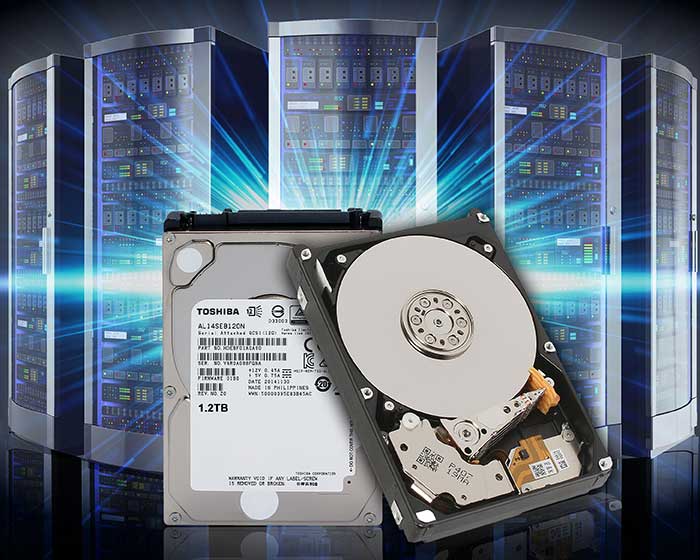- General Top
- SEMICONDUCTOR
- STORAGE
- COMPANY
-
My ToshibaSemicon
- Semiconductor Top
-
ApplicationsAutomotive
Body Electronics
xEV
In-Vehicle Infotainment
Advanced Driver-Assistance Systems (ADAS)
Chassis
IndustrialInfrastructure
BEMS/HEMS
Factory Automation
Commercial Equipment
Consumer/PersonalIoT Equipment
Healthcare
Wearable Device
Mobile
Computer Peripherals
-
ProductsAutomotive Devices
Discrete Semiconductor
Diodes
Transistors
Logic ICs
Analog Devices
Digital Devices
Wireless Devices
※
: Products list (parametric search)
Power SemiconductorsSiC Power Devices
※
: Products list (parametric search)
Isolators/Solid State RelaysPhotocouplers
Digital Isolators
Solid State Relays
Fiber Optic Transmitting Modules
※
: Products list (parametric search)
MOSFETsIGBTs/IEGTsBipolar Transistors※
: Products list (parametric search)
Diodes※
: Products list (parametric search)
MicrocontrollersMotor Driver ICsIntelligent Power ICs※
: Products list (parametric search)
Power Management ICsLinear ICs※
: Products list (parametric search)
General Purpose Logic ICsLinear Image SensorsOther Product ICsOther Product ICs
※
: Products list (parametric search)
-
Design & Development
Design & Development
Innovation Centre
At the Toshiba Innovation Centre we constantly strive to inspire you with our technologies and solutions. Discover how to place us at the heart of your innovations.
-
Knowledge
Knowledge
Highlighted Topics
Further Materials
Other
- Where To Buy
- Part Number & Keyword Search
- Cross Reference Search
- Parametric Search
- Stock Check & Purchase
This webpage doesn't work with Internet Explorer. Please use the latest version of Google Chrome, Microsoft Edge, Mozilla Firefox or Safari.
require 3 characters or more. Search for multiple part numbers fromhere.
The information presented in this cross reference is based on TOSHIBA's selection criteria and should be treated as a suggestion only. Please carefully review the latest versions of all relevant information on the TOSHIBA products, including without limitation data sheets and validate all operating parameters of the TOSHIBA products to ensure that the suggested TOSHIBA products are truly compatible with your design and application.Please note that this cross reference is based on TOSHIBA's estimate of compatibility with other manufacturers' products, based on other manufacturers' published data, at the time the data was collected.TOSHIBA is not responsible for any incorrect or incomplete information. Information is subject to change at any time without notice.
require 3 characters or more.
HDD-Based solutions to meet the tasks for storage systems virtualisation

Data has always been a valuable commodity but, in today’s world, it is rapidly growing in value as we base so many of our day-to-day decisions on it – often indirectly as the machine-to-machine communications of the Internet of Things are taking care of us.
Data is proliferating – according to estimates from a combination of research firm IDC and Toshiba’s own estimates, there will be 15ZB (zetabytes) of data to be stored in 2020, increasing at a rate of around 2ZB annually. While this figure is huge, once the need for redundancy and backup is added, the amount of storage needed will be closer to 37.5ZB.
As a result, just about anyone with responsibility for data storage is planning to expand their capacity to ensure that the data for which they are responsible is quickly accessed, safely stored and backed up. Inevitably, during this process, the question as to whether HDD or SSD is the best medium arises.
As one of the leading storage companies, Toshiba wanted to research this question and come up with a fact-based answer – based on the technology, performance and price points available in the market today. So, our test and evaluation laboratory set out to determine whether a 50TB – 100TB storage system with a certain need for agility (IOPS and MB/s) could be built with 60 comparatively low-priced enterprise capacity HDDs, or whether SSDs were the only viable solution to achieve the speed needed?
Also, as part of the research the lab wanted to determine the best architecture to achieve the maximum performance from HDDs, as well as considering the best way to use SSDs as an alternative.
The lab installed a total of 60 2TB 7200rpm 12GB/s SAS HDDs (Toshiba MG04SCA20EE) in a RAID10 configuration, giving a net 60TB capacity for the system. For comparison, the lab also built an SSD based system based on 8 1.6TB SATA 6GB/s SSDs in a RAID6 configuration, which cost the same as the HDD solution, but gave a total storage capacity of 9.6TB.
To synthesize the workload of a storage server for virtualized environments 16k byte blocks with random read/write through 12 jobs was assumed.
The research found that, as would perhaps be expected, the HDD RAID10 array search time was impacted by its small block size. The SSD RAID6 array performed significantly better, being some 2.5 times faster, but at the expense of providing just one sixth of the capacity for the same fiscal outlay.
However, when simulating a mixed workload utilizing a larger, 64kByte block size, the HDD array outperformed the SDD array. With a performance improvement of 1.4 times that of the SDD array, the HDD array provides more than six times the capacity for the financial investment.
So, what should IT managers be choosing for their storage for virtualization, email and mixed workload storage servers? The answer depends on whether capacity or performance is the key criteria.
To read about the full test setup and more detailed results, please download Toshiba’s latest white paper here:

